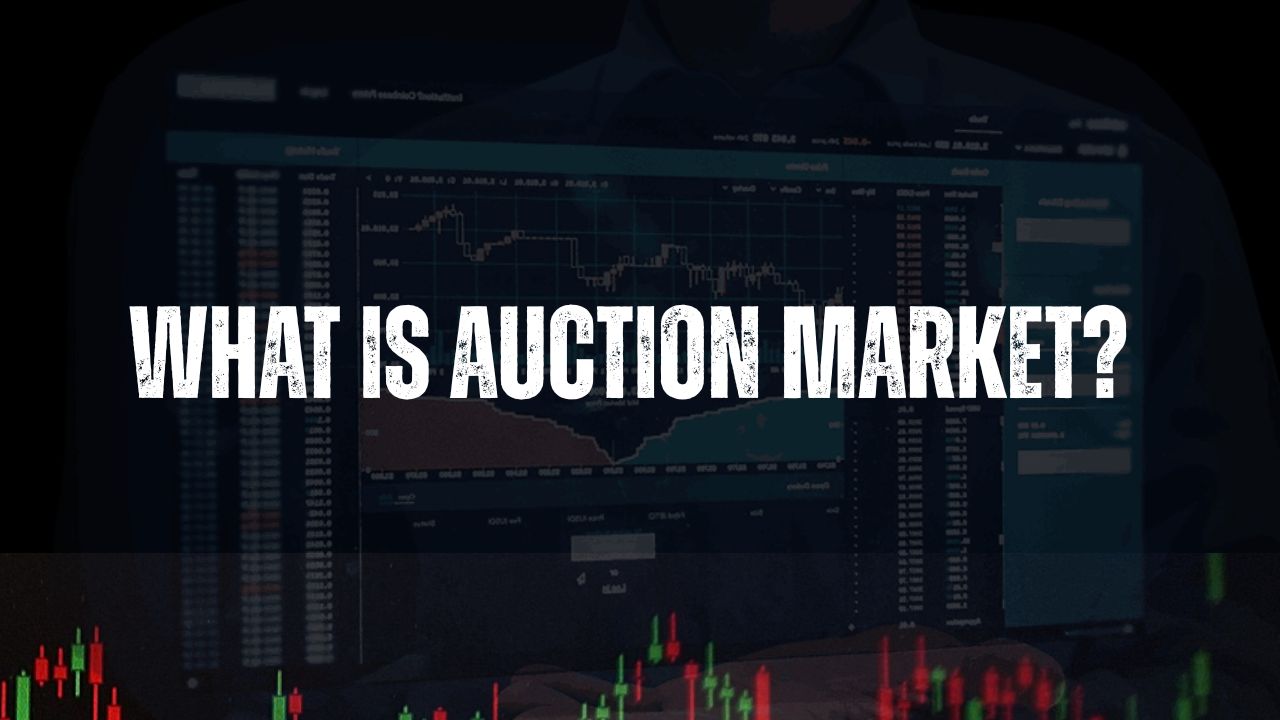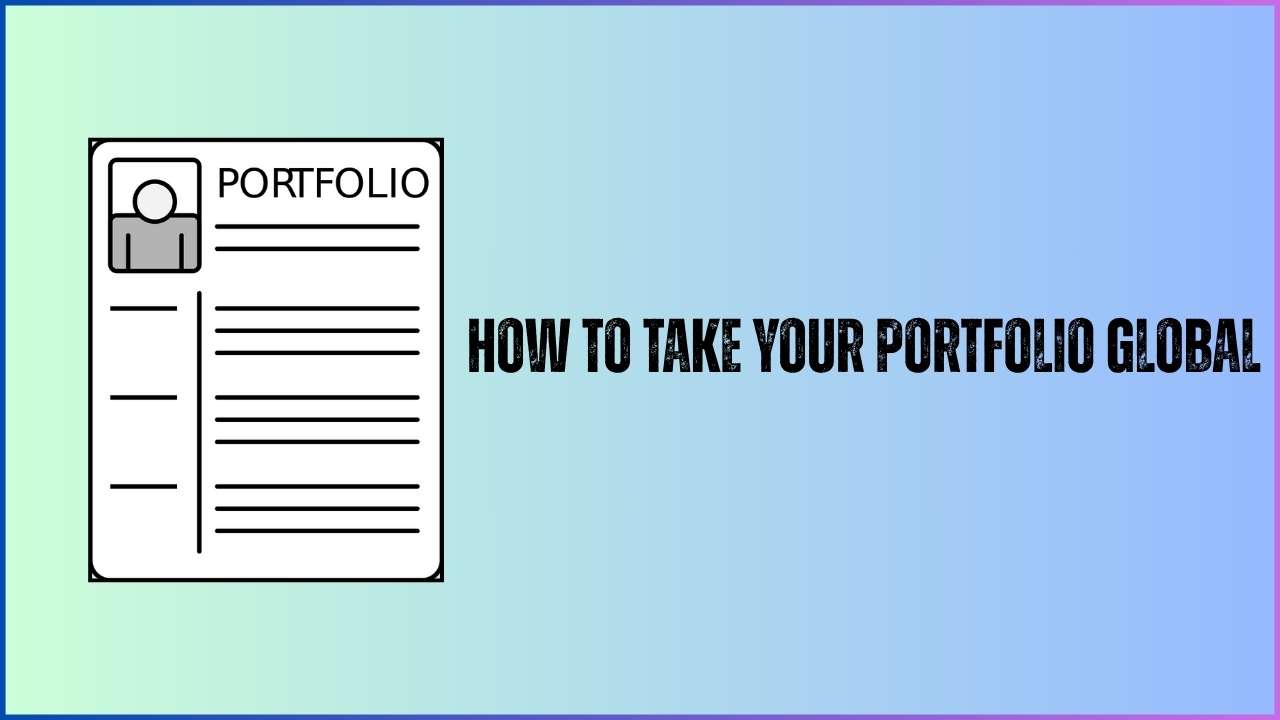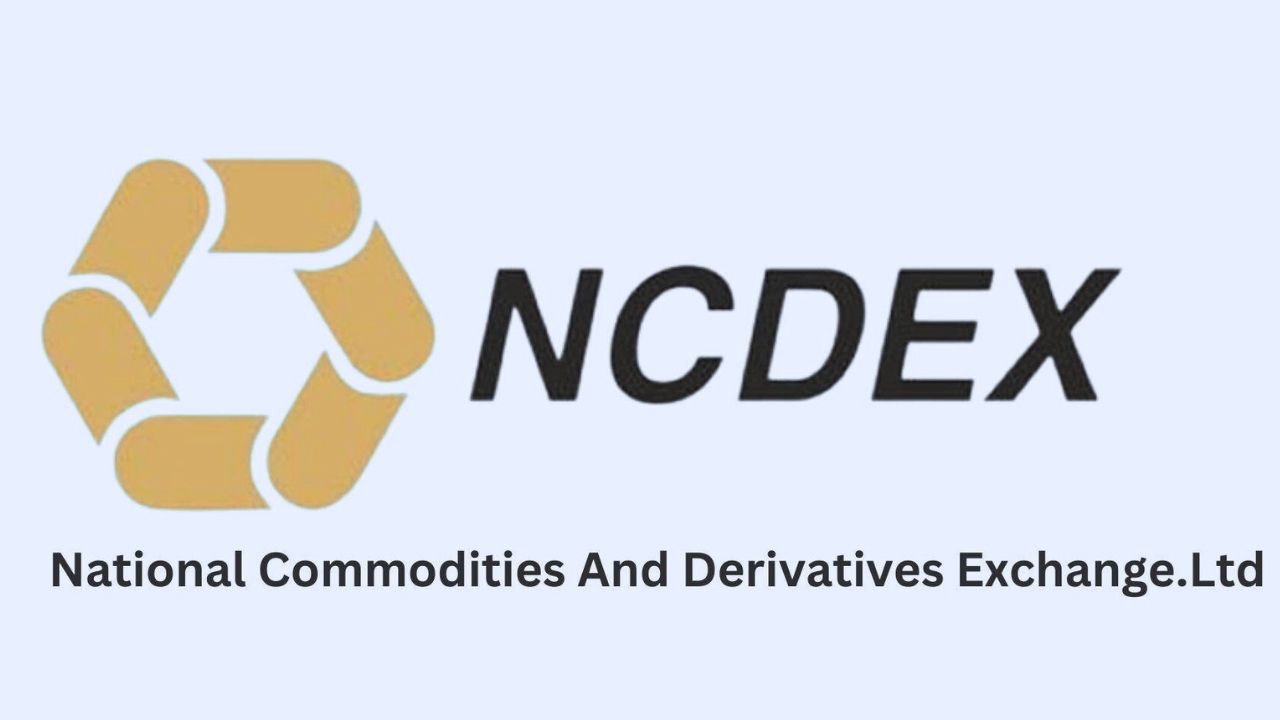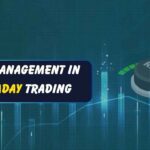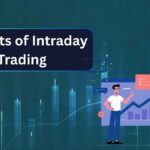With financial markets perceived through the eye of ongoing auctions, the Auction Market Theory (AMT) provides traders with a dynamic model for understanding how prices are structured, where imbalances exist, and how to build strategies based on those actions. This is an in-depth look at what an auction market is, its mechanics, and why it is important to anyone who trades equities.
What Is an Auction Market?
Unlike traditional supply‐and‐demand models that treat price discovery as a singular event, AMT sees the market as an ongoing series of mini‐auctions. At every moment:
- Buyers and sellers negotiate, submitting bids (what they’ll pay) and asks (what they’ll accept).
- These interactions drive prices toward a “fair value”—the level at which the greatest volume of trades can occur.
- When buyers outnumber sellers (or vice versa), imbalances push prices up or down until equilibrium is restored.
The goal for AMT traders is to spot these imbalances, trade in the direction of strong flows, or fade the market back toward balance.
Core Components of the Auction Process
- Fair Value (Point of Control)
- The price at which highest trading volume occurs in a session—an area of balance where buyer and seller conviction meet.
- Spot Price
- The current market price for immediate delivery, set by the latest matched bid and ask.
- Bid‑Ask Spread
- Bid: Highest price a buyer is willing to pay.
- Ask: Lowest price a seller will accept.
- Tighter spreads signal higher liquidity; wider spreads point to thinner trading.
- Volume & Time
- Volume indicates the strength behind price moves—large volume shows strong conviction.
- Time reflects how long prices stay in balance or imbalance zones.
How the Auction Market Functions
- Continuous Auctions
Trading is never “closed” during market hours; bids and asks are continually updated, and each matched order is a mini‐auction settlement. - Demand–Supply Imbalances
News events, economic data, or large orders can tip the scales. When imbalance occurs:- Buy imbalance: Buyers exceed sellers → price discovery drives price higher in search of sellers.
- Sell imbalance: Sellers exceed buyers → prices slide lower in search of buyers.
- Price Discovery
The market hunts for the price that maximizes trade volume. Each executed trade contributes to the building “profile” of value.
Key Participants in an Auction Market
| Participant | Role |
|---|---|
| Stockbrokers | Intermediaries executing orders for clients. |
| Institutional Investors | Banks, funds, and insurance firms placing large orders. |
| Retail Investors | Individual traders entering bids via brokers. |
| Exchange | The platform running the continuous auction process. |
| Market Makers | Provide liquidity by posting both bids and asks. |
| Depositories | Hold digital records of share ownership for settlement. |
| Depository Participants | Agents facilitating investor settlements. |
Market Profile Analysis & AMT Strategies
Market Profile organizes price–time–volume data into a histogram that mirrors auction behavior. Traders use it to spot:
- Initial Balance: Price range established early in the session.
- Normal Day: Prices stay within the initial balance—low volatility.
- Normal Variation: Prices briefly exceed the initial balance but don’t extend past twice its width.
- Double Distribution Trend Day: Two distinct high‑volume areas, signaling a shift in control.
- Neutral Day / Neutral Center Day: Volume clusters around center, indicating indecision.
Trading Tactics
- Balanced Market (Fair Value)
• Fade extremes—sell into buying strength or buy into selling weakness when prices stray far from point of control. - Imbalanced Market (Discovery Phases)
• Trade with momentum—buy when buyers drive prices above the current range or sell when sellers push them below.
Auction Market vs. Order‑Driven Market
| Feature | Auction Market | Order‑Driven Market |
|---|---|---|
| Price Formation | Continuous mini‑auctions between bids and asks | Automated matching of limit orders in an order book |
| Execution | Instantly matches highest bid to lowest ask | Matches by price/time priority; unmatched orders queue |
| Role of Intermediaries | Central exchange facilitates auctions | Direct trading; sometimes quote‑based via market makers |
| Transparency | Full view of bid, ask, and volume dynamics | Full or partial view depending on exchange rules |
In an order‑driven system, the emphasis is on limit orders and order‐book depth, whereas an auction market highlights dynamic negotiation between participants at every tick.
Why AMT Matters for Traders
- Enhanced Market Insight
Grasping how imbalances form helps you anticipate price swings rather than merely react to them. - Strategy Development
Build rules around auction phases—enter during discovery, exit near fair value, or trade reversions. - Risk Management
Knowing where high‑volume nodes lie (point of control) equips you to set logical stop‑loss and profit targets. - Adaptability
AMT isn’t a one‑size‑fits‑all—combine it with technical indicators or fundamentals to suit your style.
Conclusion
The Auction Market Theory transforms the abstract ebb and flow of markets into a tangible series of negotiations. By tracking bid‑ask dynamics, volume clusters, and imbalance phases, traders gain a real‑time map of value—a powerful edge whether you’re scalping small moves or riding multi‑week trends. While AMT has its limitations (e.g., less guidance on fundamental valuation), it remains an indispensable tool for understanding and navigating the continuous auction that defines modern equity trading.
Disclaimer:
The information presented in this article is for general informational purposes only. It does not constitute financial, investment, or professional advice. Commodity prices and market conditions can change rapidly; before making any investment or trading decisions, you should conduct your own due diligence and consult with a qualified financial advisor or other professional. The author and publisher assume no responsibility for losses or damages resulting from any actions taken based on the content of this post.
